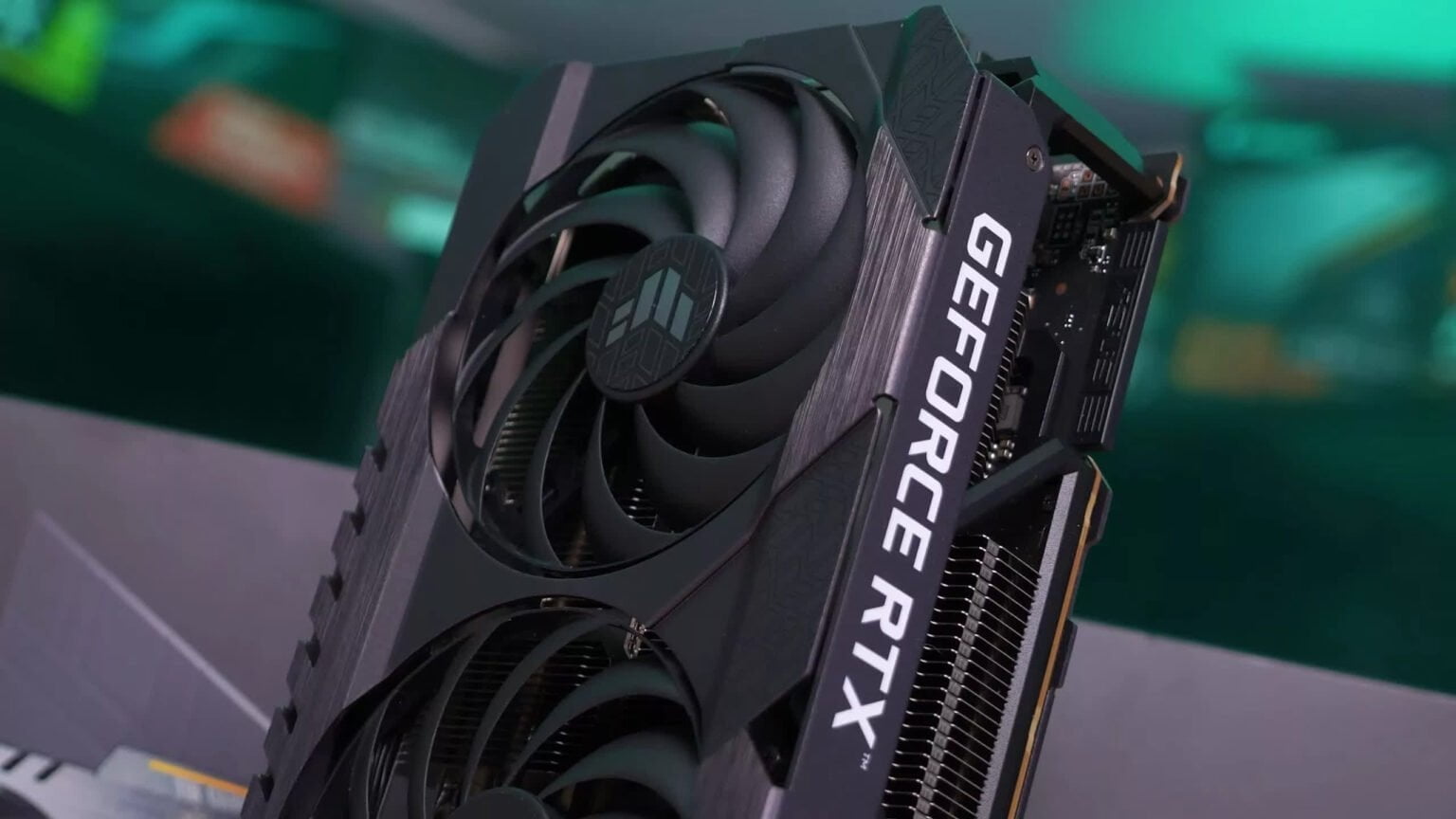Why it issues: After the unprecedented market circumstances all through 2021 and 2022, graphics card costs appeared to fall again to Earth lately. Nevertheless, tariff exemptions enacted earlier this yr will expire on the finish of the month, which means 2023 might compound the value will increase the newest GPUs launched.
Graphics playing cards and different units might face 25% import tariffs beginning January 1, 2023, if the US Commerce Consultant’s workplace (USTR) would not reinstate exceptions set to run out on the finish of this yr. The USTR to date hasn’t indicated its choice on the matter.
The difficulty began when the Trump administration enacted tariffs on Chinese language-made items. In March, the USTR reinstated exemptions on tons of of merchandise, together with printed circuit boards (PCBs), a definition below which units like motherboards and GPUs fall. The choice adopted the urging of producers like Nvidia, Zotec, and HP, who cited the shortage of non-Chinese language GPU manufacturing.
The impact of the GPU tariff exemption was blunted by large value inflation from crypto mining and provide chain shocks. These costs solely returned to normality in the previous few weeks after the crypto crash, and Ethereum’s swap to proof-of-stake successfully ended crypto mining.
Two sources instructed me @amdradeon, @IntelGraphics , and @NVIDIAGeForce graphics playing cards are going to be topic to new import tariffs in January. Anybody smarter than me (that isn’t saying a lot) know look that up and get some linkage? If that’s the case, Dec. may be a greater time to purchase.
— Kyle Bennett (@KyleBennett) November 30, 2022
Sources lately instructed trade veteran Kyle Bennett that the tariffs would return in January, indicating the USTR won’t reinstate the exemptions. Going again to implementing these tariffs might worsen the sizeable value hikes Nvidia’s GeForce RTX 4000 collection graphics playing cards launched in comparison with their respective RTX 3000 predecessors.
A latest evaluation from 3DCenter reveals that, whereas the $1,600 flagship RTX 4090 delivers a value/efficiency enchancment over its Ampere counterpart, the 3090, the 4080 is a worse deal than the 3080. Though we now have a good suggestion of the 4070 Ti’s specs, we won’t decide it till we see its MSRP.
Nvidia CEO Jensen Huang defended the RTX 4000 costs by declaring, but once more, the demise of Moore’s Regulation. Whatever the legislation’s standing, latest shopper {hardware} tendencies do not point out the everyday cost-per-transistor lower. These greater prices largely stem from TSMC’s costly 4nm node course of.
New tariffs doubtless will not ship the market again into crypto-era costs, however they will not alleviate ongoing inflation. Vendor tips like shifting the tip of the manufacturing course of out of China will not assist both as a result of the expiring exemptions embody unfinished PCBs.

